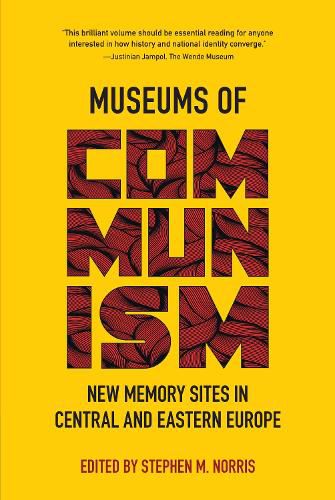Readings Newsletter
Become a Readings Member to make your shopping experience even easier.
Sign in or sign up for free!
You’re not far away from qualifying for FREE standard shipping within Australia
You’ve qualified for FREE standard shipping within Australia
The cart is loading…






How did communities come to terms with the collapse of communism? In order to guide the wider narrative, many former communist countries constructed museums dedicated to chronicling their experiences. Museums of Communism explores the complicated intersection of history, commemoration, and victimization made evident in these museums constructed after 1991. While contributors from a diverse range of fields explore various museums and include nearly 90 photographs, a common denominator emerges: rather than focusing on artifacts and historical documents, these museums often privilege memories and stories. In doing so, the museums shift attention from experiences of guilt or collaboration to narratives of shared victimization under communist rule. As editor Stephen M. Norris demonstrates, these museums are often problematic at best and revisionist at worst. From occupation museums in the Baltic States to memorial museums in Ukraine, former secret police prisons in Romania, and nostalgic museums of everyday life in Russia, the sites considered offer new ways of understanding the challenges of separating memory and myth.
$9.00 standard shipping within Australia
FREE standard shipping within Australia for orders over $100.00
Express & International shipping calculated at checkout
How did communities come to terms with the collapse of communism? In order to guide the wider narrative, many former communist countries constructed museums dedicated to chronicling their experiences. Museums of Communism explores the complicated intersection of history, commemoration, and victimization made evident in these museums constructed after 1991. While contributors from a diverse range of fields explore various museums and include nearly 90 photographs, a common denominator emerges: rather than focusing on artifacts and historical documents, these museums often privilege memories and stories. In doing so, the museums shift attention from experiences of guilt or collaboration to narratives of shared victimization under communist rule. As editor Stephen M. Norris demonstrates, these museums are often problematic at best and revisionist at worst. From occupation museums in the Baltic States to memorial museums in Ukraine, former secret police prisons in Romania, and nostalgic museums of everyday life in Russia, the sites considered offer new ways of understanding the challenges of separating memory and myth.